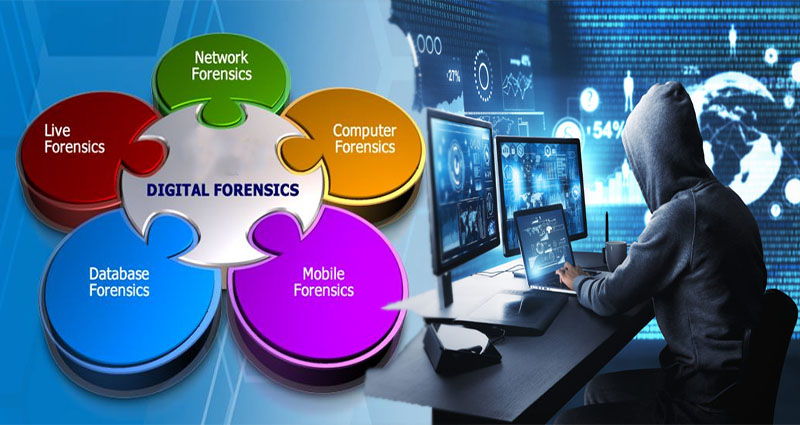There are several types of computer forensics. The first of these is standard intrusion analysis, which looks at a wide range of data evidence sources. Cyber forensics extends this type of investigation to include inspection of various data evidence sources such as L2 cache, front and back side system caches, and transient elements. The most common cybercrime cases involve the use of text-capture software or reverse steganography.
Data recovery
When it comes to recovering deleted files, there are several different types of computer forensics. Data recovery uses techniques to locate files that have been deleted intentionally or accidentally. Unlike users who know what they’re looking for, computer forensics investigators try to unearth hidden data and files. They also search for standard data structures. If they cannot find the files, they can use a combination of the three methods below.
Investigation
The Investigation of Computer Forensics entails investigating the electronic data of a device in order to establish the evidence of the crime. Computer forensics professionals use detailed processes to discover relevant information and develop a compelling case against a suspect. Forensics professionals use various computer tools to perform their work. This includes network security devices and firewalls. The data that these tools uncover may include browsing information and other metadata.
Reverse steganography
The detection of steganography software is important for forensic analysis. Many steganalysis programs work best if the examiner has clues about the steganography type. Detection programs like S-Tools direct attention to files containing BMP, JPEG, or GIF images. The use of reverse steganography software may not be as simple as it sounds. The forensics examiner may not be aware of the presence of these files.
Text-capture software
Text-capture computer forensics software is designed to search for specific terms and copy and paste the data into a new document. While a data recovery program can identify all text files and recover information, this type of software can save an operator a great deal of time by searching for specific keywords and pasted information directly into a document. As a result, this type of software is ideal for computer forensics.
Network forensics
One of the main functions of a network forensics investigation is to reconstruct the entire digital trail of a breach. This is usually done by analyzing logs from a variety of network devices. These logs come from the operating system, programmable and intelligent devices, and even from the
network itself. These logs can be cryptic as they are generated by various systems, and different devices will address the same event in different ways. The message content of logs varies widely from vendor to vendor.









